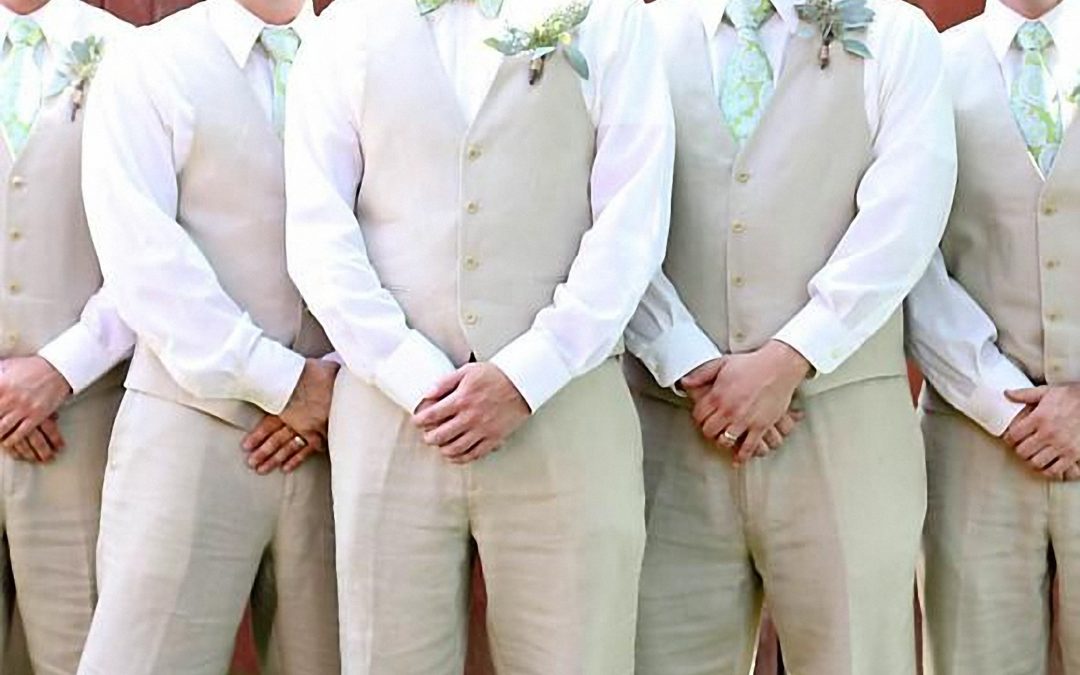Sport jackets pair well with casual trousers or a nice button-up shirt. They’re less formal than suit or blazer jackets, and offer a bit of fashionable playfulness that men don’t often see in other types of outerwear.
When choosing a sports jacket, you want to consider the fabric and pattern. These are the two biggest factors in determining how formal or casual your look will be.
Fabrics
A sport coat can be the ideal men’s jacket for a wide range of casual situations. It can go with jeans and a button-down shirt for a semi-formal look or be dressed up with corduroys and khakis for an informal business professional appearance.
A traditional sport jacket is usually woven from a wool fabric that has some texture, which helps to distinguish it from the more structured and refined appearance of a suit jacket or blazer. Hopsack, serge and doeskin are typical of this type of wool cloth, but there are many other options too.
These types of fabrics are often woven with a pattern like houndstooth or herringbone that adds to the casual appeal of a sports coat. In addition, they can feature contrasting fabrics in the cuffs and lapels to further reinforce the distinction from a suit jacket. Elbow patches and ticket pockets are other features that harken back to the functional roots of a sports coat.
Patterns
The patterned fabrics used in sport jackets open up the possibilities for casual and business attire. Herringbone, for example, is a distinctive pattern in which slanted lines alternate directions between parallel bands, creating a v-shaped weave that’s said to resemble the herring fish’s skeleton. It’s a popular choice in wool sport coats and looks rugged and professorial at the same time.
Windowpane is another fabric often found in sport jackets. In a fabric with a windowpane pattern, you’ll see both horizontal and vertical pinstripes. Other patterns include glen plaid, twill, Prince of Wales, herringbone and houndstooth.
Hopsack is a light fabric that’s perfect for summer and fall, but it can go all year in most climates. It’s airy yet substantial, and it pairs nicely with jeans. Bird’s eye and nailhead are two other lightweight, textured fabrics that work well for sport coats, too. From a distance, these fabrics look like solid colors but have tiny textured dots.
Colors
Unlike blazers, sport jackets often use patterned fabrics like herringbone, houndstooth, or checked designs. This helps them stand out and can be a great way to make your outfit look sharp. However, it’s important to remember that patterned jackets should be worn with a simple shirt and pants so that they don’t overwhelm the rest of your outfit.
Originally, sports jackets were designed to be more rugged than suits or blazers. This explains why they are usually made from thicker fabric, such as tweeds. Some of the most popular tweeds include shepherd’s check and Harris tweed.
Aside from tweed, a good sports coat can also be made of wool, corduroy, moleskin, cotton, and linen. Each type of fabric offers a different look and feel. The best way to choose a fabric for your sport jacket is to consider the season and occasion. Having a light-weight linen option is perfect for spring and summer, while a wool sports jacket will work well for fall and winter.
Size
A well-fitted sport coat is the icing on your suit cake. It will give you a fitter silhouette, leave you feeling more confident, and help you stand out at work or play. It’s worth investing in a custom fit to reap these benefits.
A sport jacket is a single-breasted style, and often has visible stitching to add to its casual roots. 2-button cuts keep it casual, while 3-buttons should be fastened on the middle button to elongate the torso.
Look for divots on the shoulders and gaping around the neck to tell whether your sports coat needs resizing. Check the hem for a clean line and make sure the sleeves fall even from the armhole to the cuff. And don’t overlook the pocket size — look for 2-pocket styles to stay classic. You’ll find the best pockets on a jacket are those that are easy to reach and don’t get in the way of your hands when you’re playing a sport.



